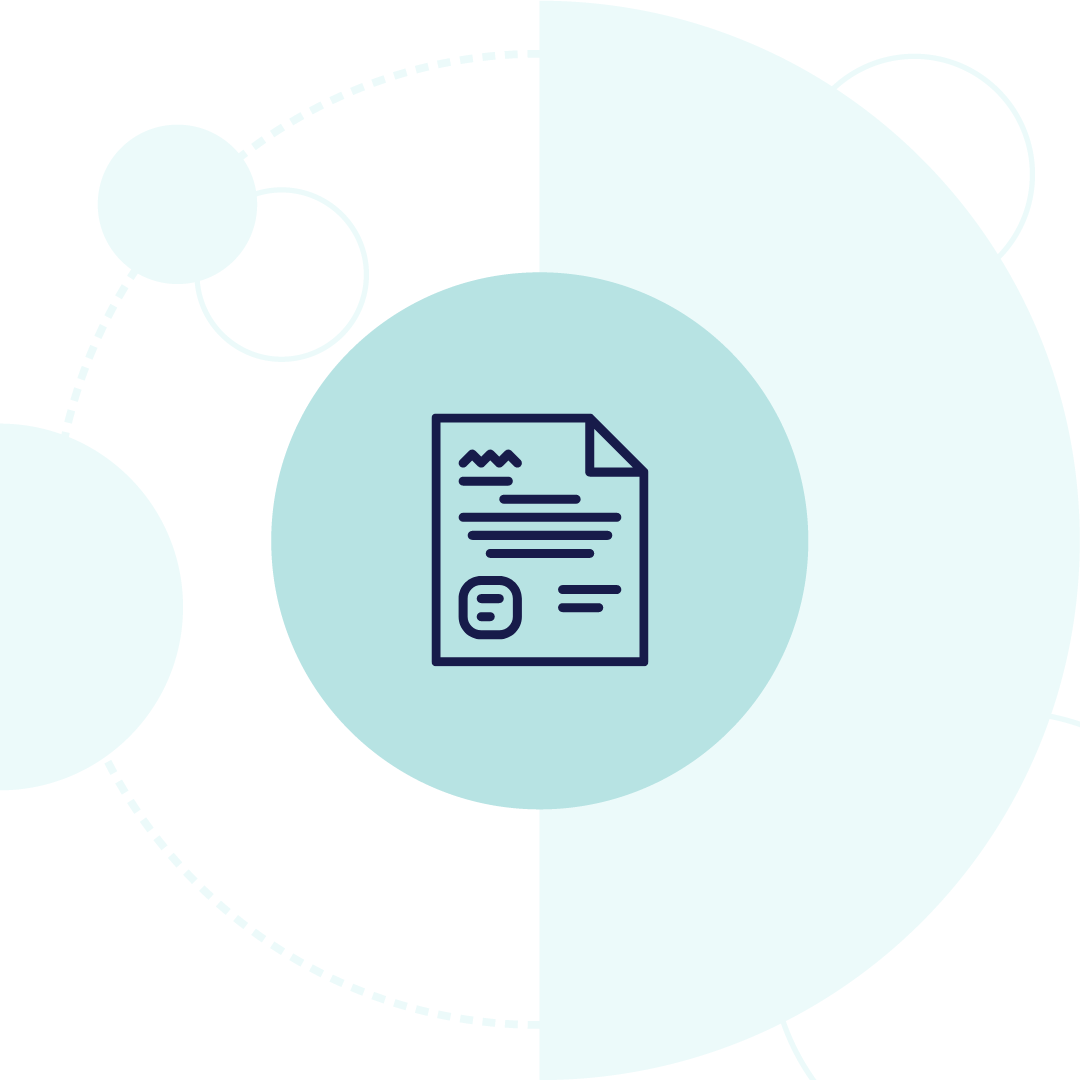What is loan forgiveness, cancellation, and discharge?

Student loan forgiveness, cancellation, or discharge release you from your obligation to repay a loan. Each are used in different circumstances. Check out our guidance below to understand how they each work and if you qualify.
Loan Forgiveness or Cancellation: The government will forgive or cancel some part of your loan if you take certain jobs. That means you don’t have to pay it back.
The Public Service Loan Forgiveness Program forgives the remaining balance on your Direct Loans after you have made 120 qualifying monthly payments under a qualifying repayment plan while working full-time for a qualifying employer (a government agency or nonprofit).
Teacher Loan Forgiveness Program – If you teach for five years as a highly qualified teacher at a school that serves low-income students you may be eligible to apply for up to $17,500 in teacher loan forgiveness.
Loan Discharge: There are certain circumstances when you don’t have to pay back a loan, such as a total and permanent disability or the closure of the school where you received your loans.
Closed School Discharge – If your college or university closes while you are enrolled or soon after you withdraw, you may be eligible to have these loans discharged.
Total and Permanent Disability Discharge (TPD) – If you can prove you have a permanent disability through documentation from the Bureau of Veteran Affairs, Social Security Administration, or a physician, you may be eligible for a TPD discharge.
Discharge Due to Death – If documentation can be provided that the student or borrower is deceased, the loan may be eligible for discharge.
Visit this link to view all the different instances where a loan may be discharged such as permanent disability, death, bankruptcy, etc.

Each program has different eligibility requirements and application processes, so do your research to find the best fit for you. Our guide can help determine if you qualify.


For some programs such as Teacher Loan Forgiveness, your loan automatically goes into forbearance from the time your application is received to the time it is approved or denied This means you don’t need to make payments during that time and, in fact, if you make payments, it would reduce the amount that gets forgiven.
But for other programs such as Public Service Loan Forgiveness, you only qualify if you make a certain number of qualified payments. So make sure you read the instructions on the application carefully!



Free templates to help you appeal your financial aid
Read More
Learn how to apply for state aid in California if you’re not eligible for FAFSA
Read More
Learn how to view and compare your financial aid award letters
Read More